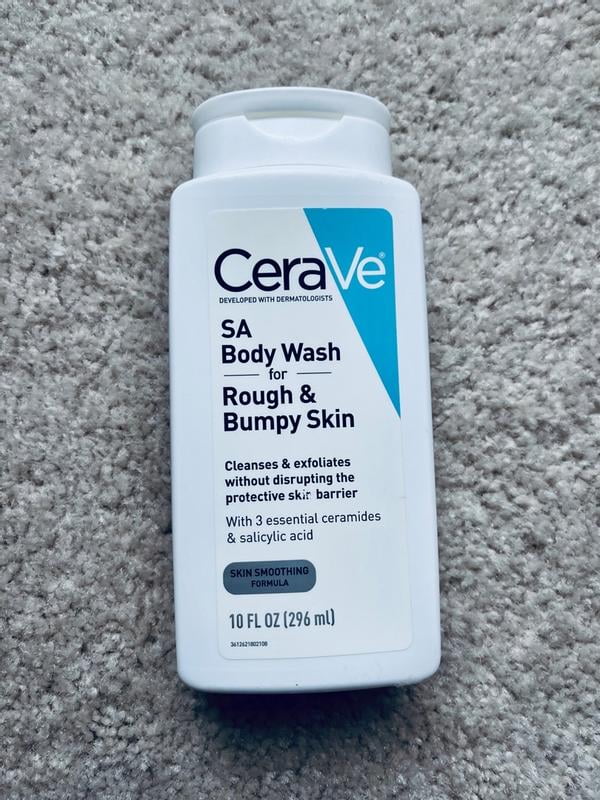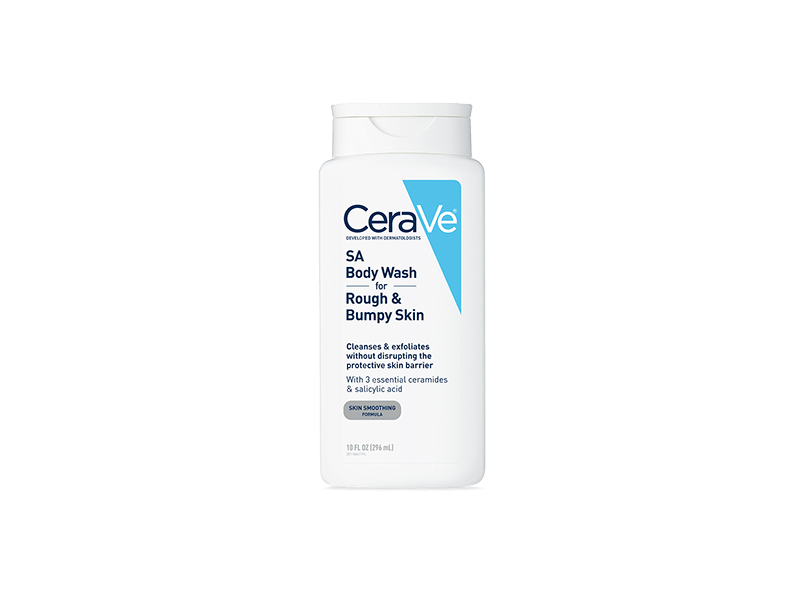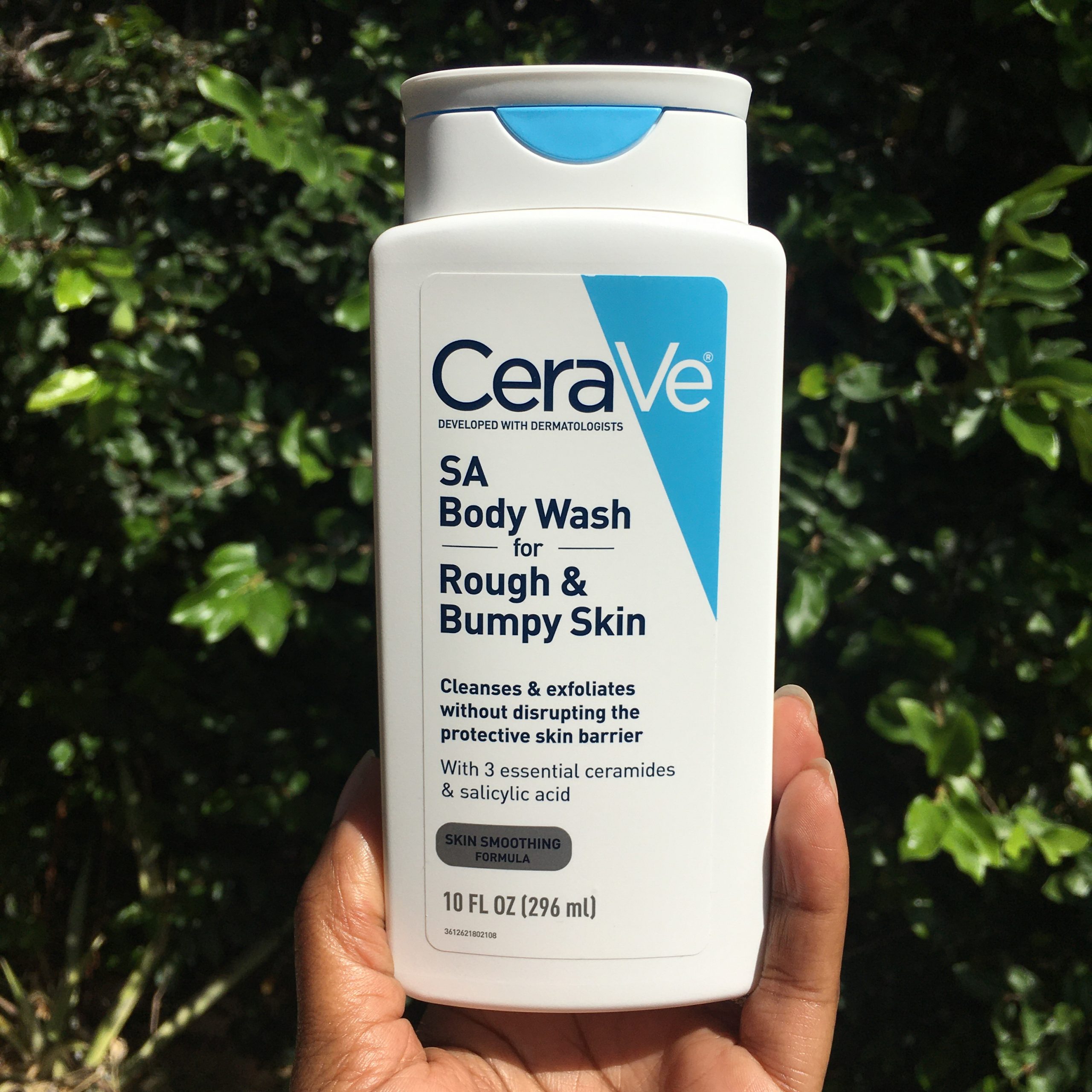Sauna Before or After Workout – When it comes to enhancing your fitness journey, many gym-goers and athletes explore ways to boost recovery, relax muscles, and improve performance.
One popular wellness tool that’s gained attention is the sauna. But there’s often a debate: should you use the sauna before your workout or after?
Each approach comes with its own benefits and potential drawbacks, and understanding them can help you decide what works best for your body and fitness goals.
What Happens in a Sauna?
Before diving into the timing, let’s understand what happens to your body in a sauna. Whether it’s a traditional dry sauna, infrared sauna, or steam room, the principle remains the same—your body is exposed to heat, usually between 150°F and 195°F (65°C to 90°C).
This heat causes:
- Increased heart rate
- Sweating to regulate body temperature
- Expanded blood vessels
- Relaxation of muscles and tension
- Possible mild dehydration if used for extended periods
With these effects in mind, let’s look at what happens when you use the sauna before your workout compared to after.
Sauna Before Workout: Pros and Cons
Pros
1. Warms Up the Muscles
Heat can be an excellent way to prepare the muscles for movement. Just like dynamic stretching or light cardio, a short sauna session raises your body temperature and increases blood flow.
This can make muscles more flexible and reduce the risk of strains or sprains, especially for people who train early in the morning or in colder climates.
2. Loosens Joints
The heat helps lubricate joints by increasing synovial fluid movement, which can be beneficial before activities that involve a lot of mobility, such as weightlifting or functional training.
3. Mental Preparation
Saunas have a calming effect on the nervous system. Sitting in the sauna before a workout can help clear the mind, reduce stress, and mentally prepare you for an intense training session.
Cons
1. Possible Fatigue
Too much heat exposure before exercise may leave you feeling drained. Even a 10-minute sauna session can elevate your heart rate and blood pressure. If you’re already tired or dehydrated, this might impair your workout performance.
2. Risk of Dehydration
Sweating in the sauna before your workout increases fluid loss, and if you don’t properly rehydrate, it can lead to cramping, dizziness, or reduced endurance during exercise.
3. Reduced Performance for Intense Workouts
High-intensity training requires your heart and muscles to perform at peak capacity. Starting your session slightly fatigued or low on fluids might limit your performance output.
Sauna After Workout: Pros and Cons
Pros
1. Muscle Recovery and Relaxation
Heat is known to ease muscle tension and increase circulation, which can accelerate recovery. After a hard workout, the sauna helps relax tight muscles, flush out metabolic waste, and bring in oxygen-rich blood to assist repair.
2. Eases Delayed Onset Muscle Soreness (DOMS)
Using the sauna after exercise may reduce the severity of muscle soreness you feel 24-72 hours later. The soothing warmth encourages faster recovery and can help reduce inflammation.
3. Promotes Mental Relaxation
Just like stretching or meditation, a sauna can be a perfect way to wind down. It activates your parasympathetic nervous system (rest and digest), which is crucial for stress recovery after intense training.
4. Encourages a Post-Workout Routine
Adding a sauna session after working out can be part of a positive cool-down routine. It can serve as a reward or ritual that motivates consistency.
Cons
1. Prolonged Dehydration
If you’re already low on fluids after a workout, going into a sauna without rehydrating first may worsen dehydration. This can lead to headaches, fatigue, or even heat-related illnesses.
2. Temporary Drop in Blood Pressure
Post-exercise, your body naturally experiences changes in blood pressure. Sitting in a hot environment can exacerbate this, making some people feel lightheaded or faint.
3. Time-Consuming
If you’re on a tight schedule, adding a sauna session to your post-workout routine might not be practical. It’s a wellness boost—but not essential for everyone.
Comparing Sauna Timing for Different Fitness Goals
For Strength Training
Best time: After workout.
You want to go into your weightlifting session with full strength and focus. Using the sauna after will aid in recovery without sapping your energy or hydration beforehand.
For Cardio or Endurance Training
Best time: After workout, or briefly before.
A quick 5-minute sauna session before running might loosen your joints, but long exposure before a cardio session can lead to early fatigue. Use it post-run to help bring your heart rate down gradually and soothe tired legs.
For Flexibility or Mobility Work
Best time: Before workout.
If your goal is to improve flexibility, a pre-workout sauna session helps warm tissues and allows for deeper stretching. This can benefit yoga sessions or warm-ups involving foam rolling and mobility drills.
For Recovery Days
Best time: Anytime.
On rest or light recovery days, the sauna is versatile. It boosts circulation, helps with detoxification, and aids mental relaxation. Whether used alone or alongside light stretching, it’s a great recovery tool.
Tips for Using the Sauna Safely
To get the most benefit from your sauna session—before or after a workout—follow these safety tips:
- Stay hydrated. Drink water before and after your sauna session.
- Limit time. Start with 5–10 minutes. Experienced users may go up to 20 minutes.
- Listen to your body. If you feel dizzy, nauseous, or lightheaded, exit immediately.
- Avoid alcohol or heavy meals. These can increase risks in high-heat settings.
- Cool down gradually. After a post-workout sauna, give your body time to return to normal temperature before showering or leaving the gym.
Final Thoughts
There’s no one-size-fits-all answer. The best time to use the sauna depends on your goals, body, and routine. If you’re aiming to warm up and improve flexibility, a short sauna session before your workout may be helpful.
But if your focus is on recovery, relaxation, and reducing soreness, then after the workout is likely the better choice.
Experiment with both and pay attention to how your body responds. Whether you’re lifting heavy, running long distances, or just maintaining your fitness, incorporating the sauna smartly can be a rewarding addition to your health and wellness lifestyle.








